Open innovation refers to opening up your organisation’s innovation processes to external sources in order to acquire new concepts, cutting-edge technologies, and partnerships. There are many different ways to accomplish this, according to each company’s unique possibilities and needs. From crowdsourcing to startup collaborations, the following selection gives a general overview of some of the best practices to implement when diving into the open innovation world.
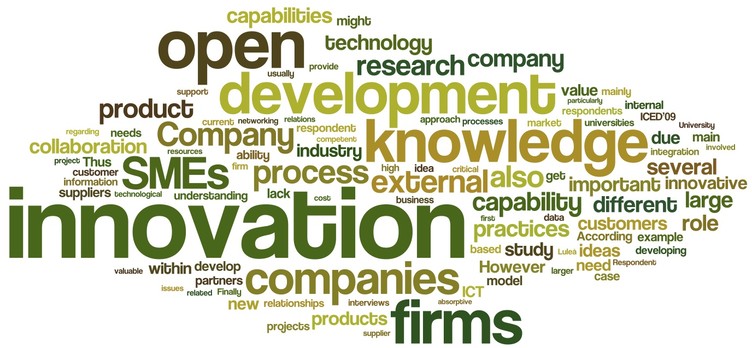
www.incubatehub.com
The deliberate openness of the innovation process to the external world can be associated with several benefits. When developing concepts for new products and services, external partners like universities, research institutes, suppliers, or startups should be involved. Why? If businesses were to solely innovate using their own internal expertise, their solutions would be more limited. Therefore, open innovation includes benefits such as:
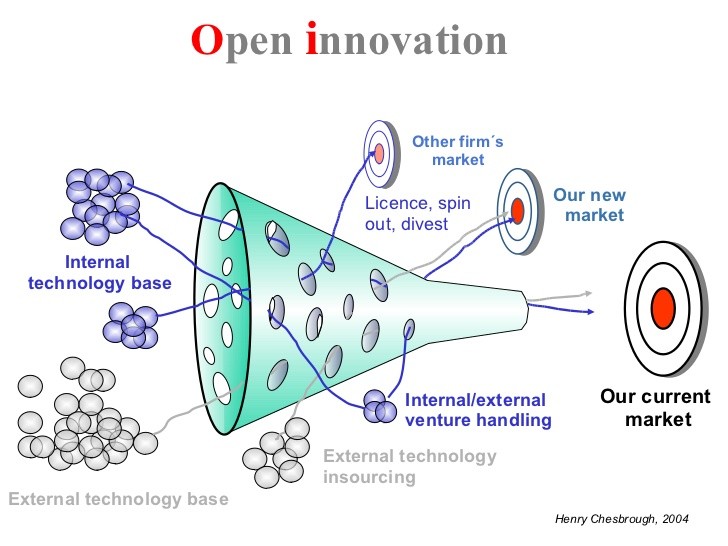
However, it is not just about the additional information and expertise. Other aspects to take into consideration are:
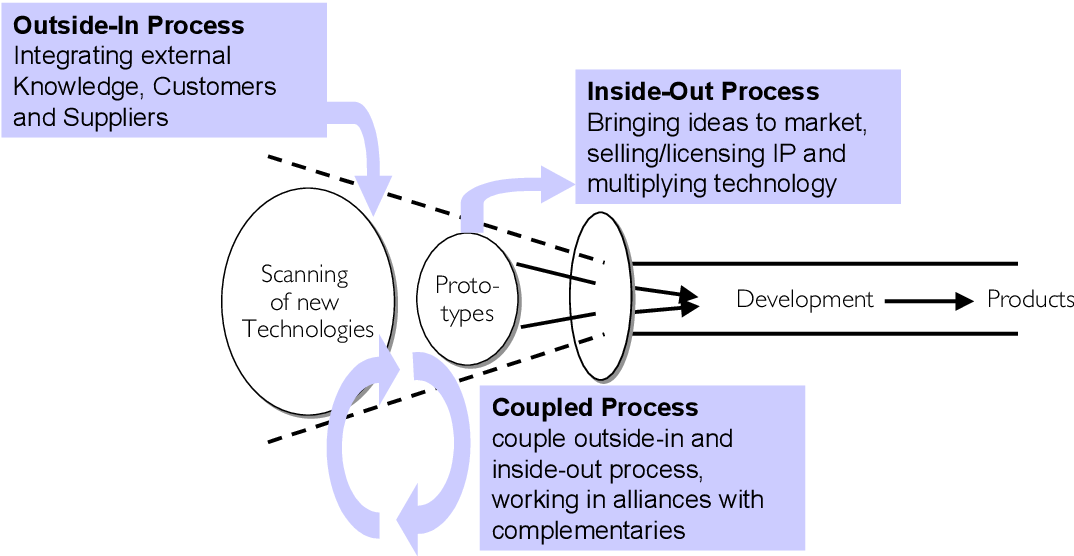
Three archetypes of open innovation processes (Gassmann & Enkel, 2004)
Inside-out open innovation. When businesses transmit innovations (tools, technologies, processes, or anything else that produces competitive advantage) outside of their firm. Companies typically do this because they think the receiving company’s business model has a better chance of successful commercialisation (partners are granted their own patents in exchange for licences).
Outside-In open innovation. In this case, the information transfer is done in the opposite direction. Businesses purchase external inventions to be integrated into their own operations in order to either broaden the market for the external use of innovation or to speed up internal innovation activities.
Coupled open innovation. The combination of the two types just explained constitutes what is called coupled open innovation. When an organisation both imports and exports ideas, or when the flow of knowledge is a two-way process. It requires close integration and dedication to co-creative processes in order to function as intended. Therefore, coupled open innovation requires a longer investment horizon than the comparatively easier forms explained above, which are the options chosen by most firms.
Several best practices exist, but none of them can be successfully implemented in any type of organisation. Each business has unique criteria. Additionally, the possibilities vary particularly in terms of the resources at hand. In contrast to a medium-sized business, a billion-dollar corporation will offer more opportunities. Therefore, to rank among the best, an organisation needs to have a clear open innovation strategy as well as a culture that supports and encourages the creative process.
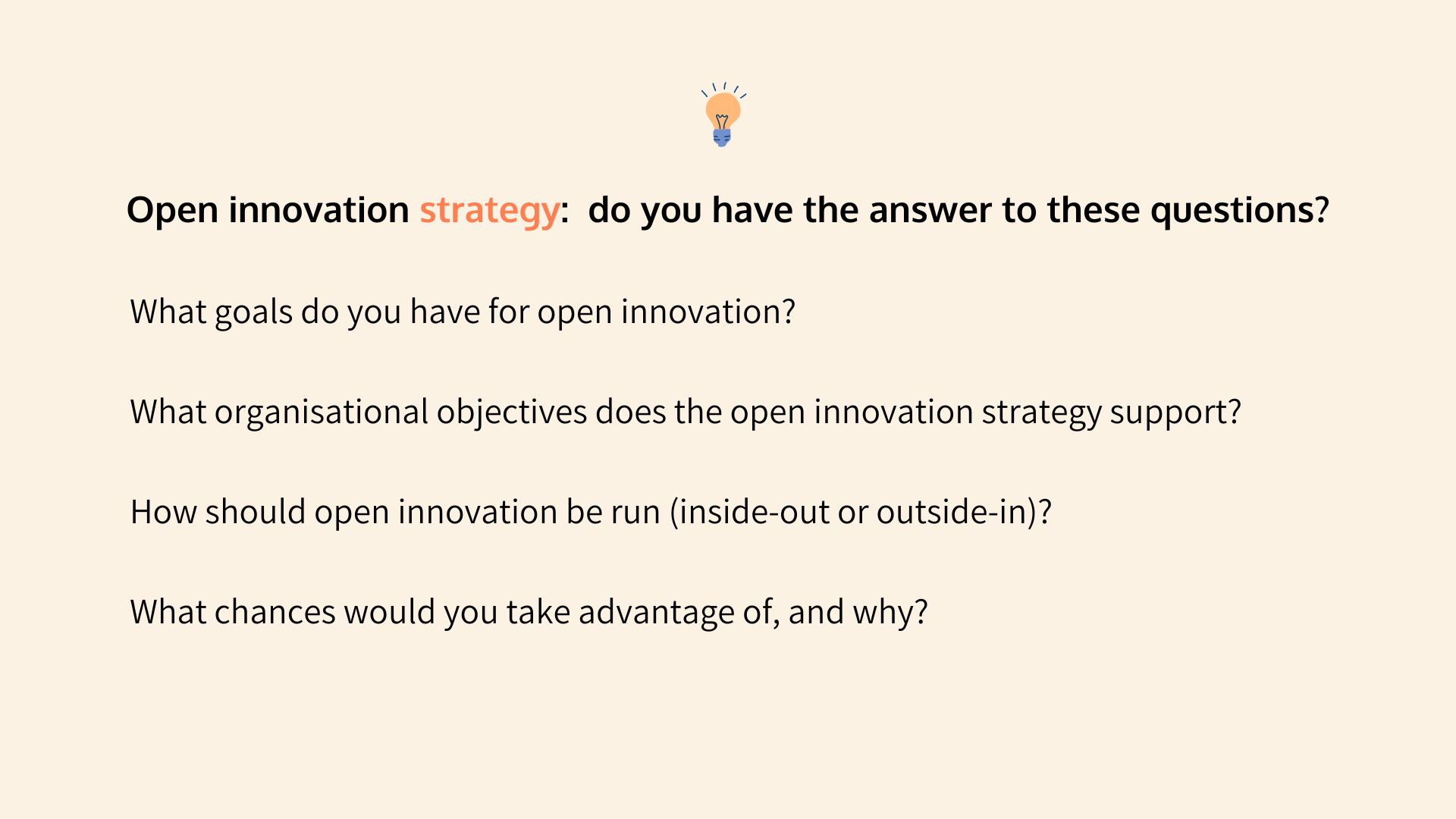
An appropriate innovation culture is also crucial for the effective operation of open innovation. Innovation managers need to be receptive to external inputs. The not-invented-here syndrome, which disregards information and concepts on the basis of origin, must not exist.
Let’s now dive into some concrete examples of open innovation best practices!
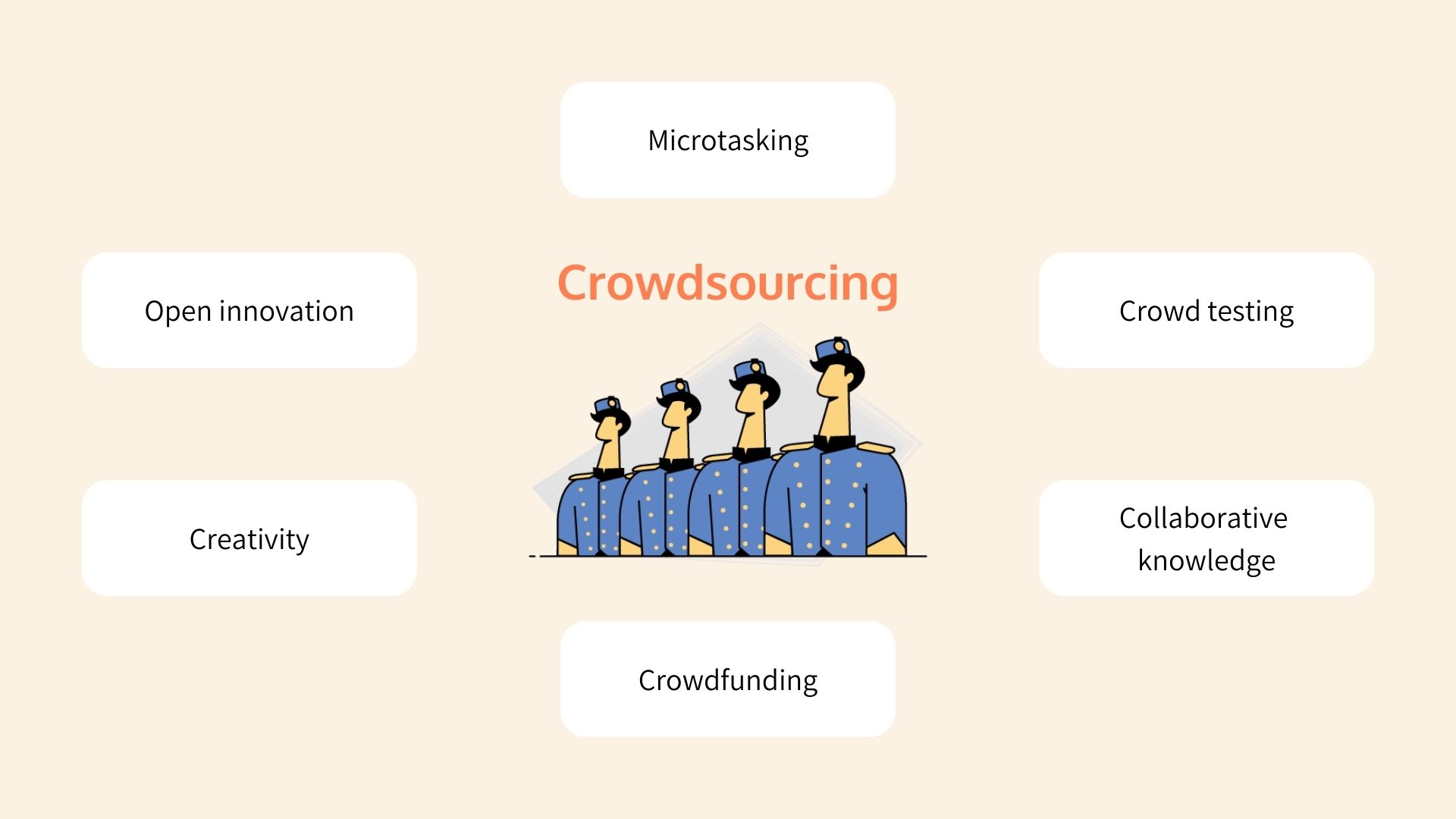
Crowdsourcing saw a rise as the internet evolved into Web 2.0, and numerous new opportunities appeared. It was easy to incorporate a huge number of customers, users, innovators, and creative people from all around the world in the invention process thanks to online platforms.
What are the unfulfilled demands of the consumer that might result in a more valuable product, service, or business model?
What internal assets does your company have to meet these demands?
Which assets and resources from outside sources may your company use to address these needs?
Do you have the ability (and desire) to foster cooperative partnerships in order to obtain these resources and external assets?
Finding a solution to a specific problem sometimes requires long-run initiatives. Therefore, some businesses run ongoing open innovation platforms which invite patent submissions that can meet current client demands.
What role does a particular asset play in your brand-new product or service?
What advantages may it offer the client?
Are there any intellectual property concerns with the asset or its purchase?
Are there any minimal specifications and suitable measures to evaluate whether an asset satisfies your needs?
Internal development might be more effective for some items, and external sourcing might be a better option for others. Employees and your own business databases are also great places to look for the final puzzle component. Along with patent mapping and book searches, mining internal tacit knowledge is a viable strategy.
A strict and trustworthy system that can differentiate between the two must exist in your organisation.
The greatest source of innovation comes from consumers and users. Their needs and desires serve as essential catalysts for the development of new products. As a matter of fact, it will be easier to concretely integrate market research results into the product/service development process.
The lead user method refers to the organisation of workshops bringing highly creative users and experts into the innovation process. This greatly expands the scope of potential solutions and serves as the foundation for creative ones.
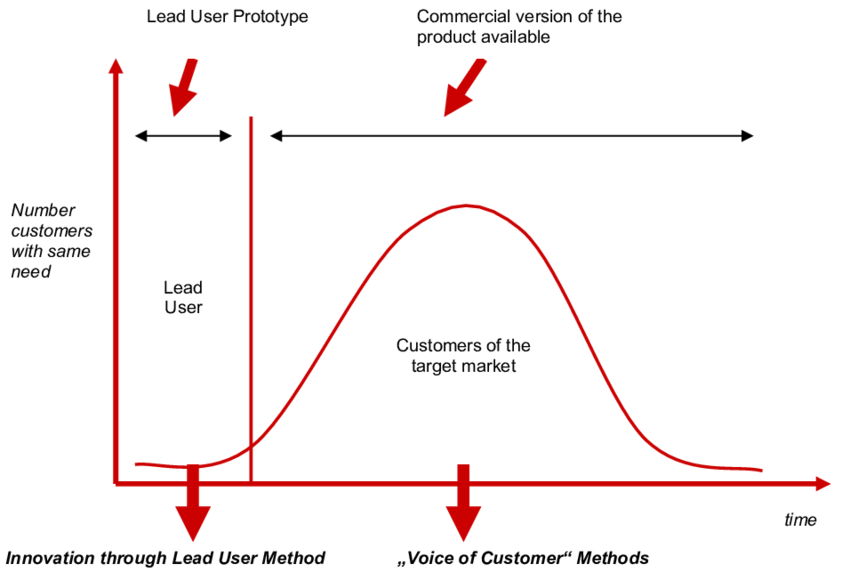
Lead user vs. traditional approach (according to von Hippel 2005)
Design thinking is a cutting-edge approach currently influencing a lot of individuals. The method is extremely user-focused. Thus, it is also an open innovation technique that startups and successful young corporations like Uber or Google have effectively used.
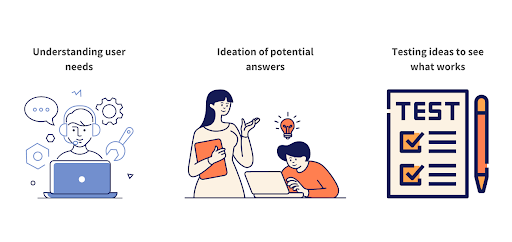
Testing new ideas and early prototypes with potential customers and gathering feedback is a key step in the open innovation process. This stimulates competition as well as early disclosure of innovative ideas to the public.
Many high-tech businesses in fields like electronics and chemistry have developed research networks. Innovations come from interactions among a network of partners, not from working with a single partner.
For businesses that have great potential for digital transformation, collaboration with startups is particularly crucial. Some positive aspects coming from these partnerships include fast access to know-how and new IT technologies and implementation of innovations through startups. On this matter, finding the right ally to collaborate with can be quite a challenge. We know how frustrating it can be to waste time using inefficient tools, receive poor results, as well as too many options. For this reason, we provide services that help innovation professionals overcome these challenges and be more efficient in their daily operations.
Make sure to bring the management teams of the collaborating parties together at the start of the implementation process once the contract has been signed. A poor beginning might have a lasting negative impact on the relationship, especially if the partners are of different sizes. It’s usual for smaller businesses to struggle when partnering with larger ones. Therefore, it’s crucial to get together in order to pinpoint problems and start solving them.
Source:
Slowinski, G., & Sagal, M. W. (2010). Good Practices in Open Innovation. Research-Technology Management, 53(5), 38–45. https://doi.org/10.1080/08956308.2010.11657649
Gassmann, O., & Enkel, E. (2004). Towards a theory of open innovation: three core process archetypes.
Heim, Q. (2022, May 6). What is Open Innovation: A definitive guide. SteepConsult. https://www.steepconsult.com/insights/what-is-open-innovation-a-definitive-guide/